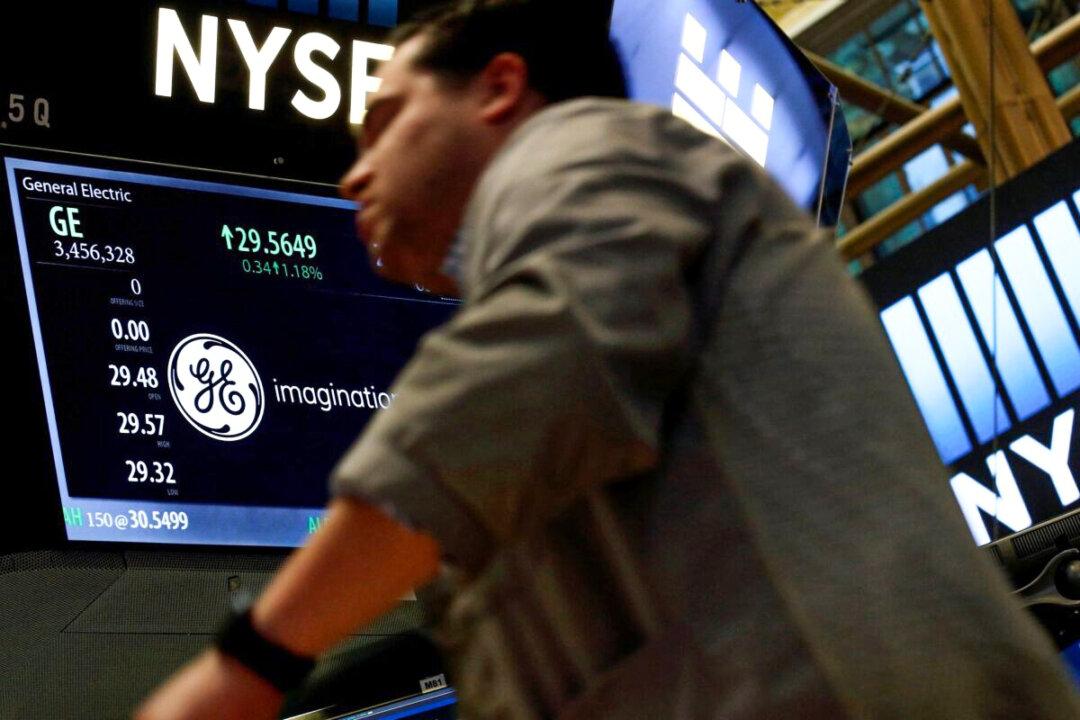NEW YORK—With General Electric’s (GE.N) decision to break up into three separate companies, investors who have held the stock through a long, troubled period may be hoping the move will give the conglomerate’s underperforming shares a jolt.
The 129-year-old industrial conglomerate announced on Tuesday it would split into three businesses focusing on aviation, energy and healthcare. read more





